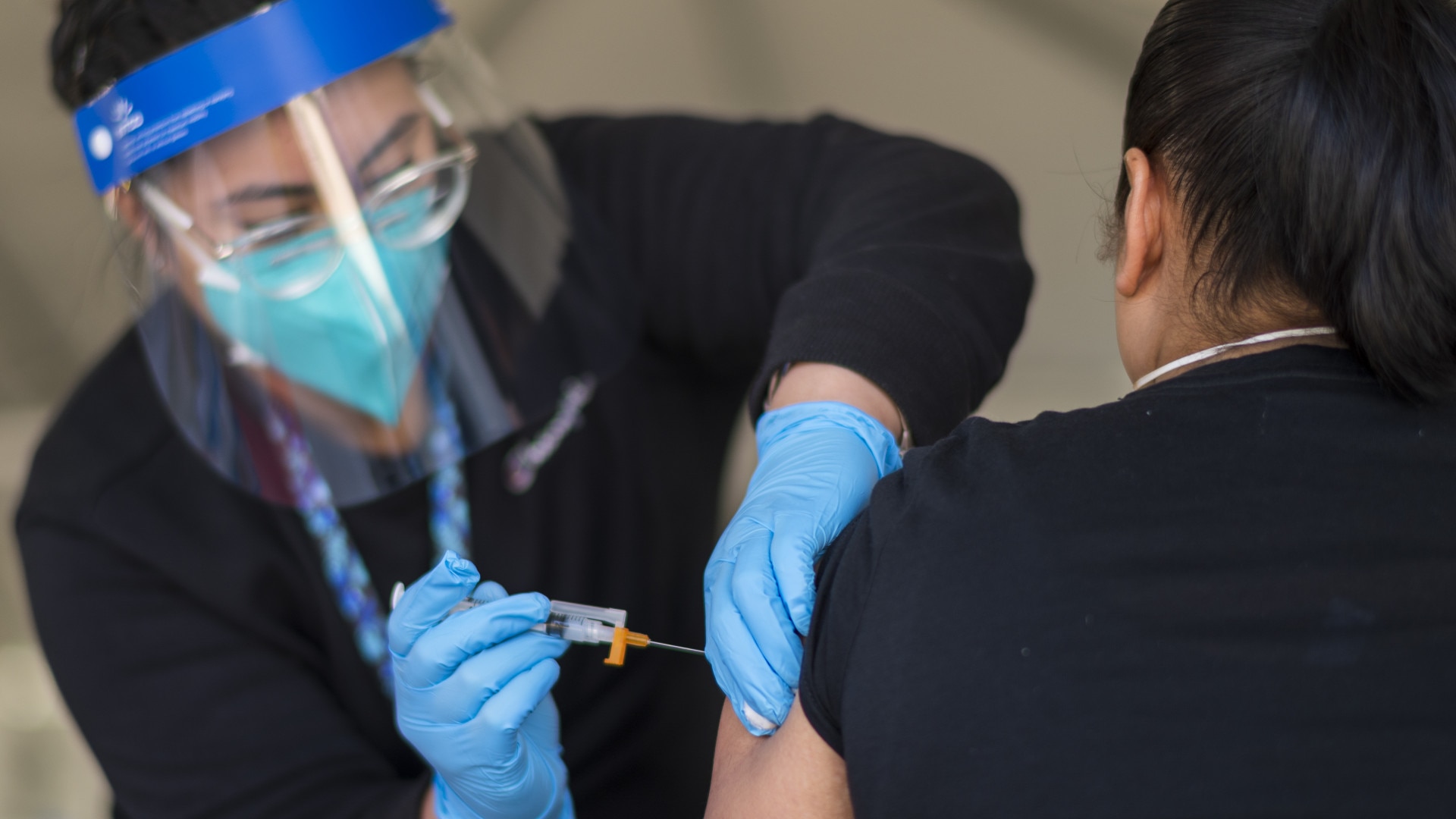311 Heat-Related Deaths In England: A Wake-Up Call For Heatwave Preparedness

Table of Contents
Understanding the Risks of Extreme Heat in England
Vulnerable Populations and Heat Stress
Extreme heat disproportionately affects certain groups, placing them at higher risk of heat stress and heatstroke. These vulnerable populations include:
- The elderly: Older adults often have reduced physiological responses to heat, making them more susceptible to dehydration and heat-related illnesses. Their pre-existing health conditions can also exacerbate the effects of high temperatures.
- Infants and young children: Their bodies regulate temperature less efficiently than adults, increasing their vulnerability to heatstroke.
- Individuals with pre-existing health conditions: Those with cardiovascular disease, respiratory illnesses, chronic kidney disease, and diabetes are at significantly increased risk during heatwaves.
- People with disabilities: Individuals with mobility impairments or cognitive limitations may struggle to access cool environments or understand heatwave warnings.
Statistics from Public Health England (PHE) – now UK Health Security Agency (UKHSA) – consistently show a higher mortality rate among these groups during heatwaves. Effective heatwave preparedness strategies must prioritize the protection of these vulnerable individuals.
The Impact of Climate Change on Heatwave Frequency and Intensity
The escalating frequency and intensity of heatwaves in England are directly linked to climate change. Data from the Met Office reveals a clear upward trend in average temperatures, with more frequent occurrences of extreme heat events.
- Rising Temperatures: The UK has experienced record-breaking high temperatures in recent years, exceeding previous historical highs.
- Predictions for Future Heatwaves: Climate models predict even more intense and frequent heatwaves in the coming decades, necessitating proactive adaptation measures.
- Government Reports on Climate Change Impacts: Numerous government reports highlight the growing threat of extreme heat and the need for enhanced resilience strategies.
Recognizing the Signs and Symptoms of Heatstroke
Recognizing the signs of heatstroke is crucial for early intervention and potentially life-saving treatment. Heatstroke symptoms include:
- High body temperature: Often above 40°C (104°F).
- Confusion: Disorientation, difficulty concentrating, or altered mental state.
- Rapid pulse: A significantly faster than normal heartbeat.
- Headache: Severe and persistent.
- Dizziness and nausea: Feeling faint or unwell.
- Excessive sweating (initially), followed by dry skin: Early stages may involve heavy sweating, but as heatstroke progresses, the skin becomes dry and hot.
If someone exhibits these symptoms, seek immediate medical attention. Early intervention is critical in preventing severe complications or death.
Improving Heatwave Preparedness Strategies in England
Individual-Level Heatwave Actions
Individuals can take several practical steps to protect themselves during a heatwave:
- Stay hydrated: Drink plenty of water, even if you don't feel thirsty.
- Seek shade: Limit exposure to direct sunlight, especially during the hottest parts of the day.
- Wear light clothing: Choose loose-fitting, light-colored clothing to reflect sunlight.
- Check on vulnerable neighbours: Regularly check on elderly or isolated individuals to ensure their safety.
- Use fans/air conditioning: Employ these cooling methods, especially during the hottest hours.
- Avoid strenuous activity: Limit physical exertion during the hottest periods of the day.
Community-Level Heatwave Response Plans
Communities play a vital role in supporting vulnerable individuals during heatwaves:
- Community outreach programs: Establish programs to identify and assist vulnerable residents.
- Neighbourhood watch schemes: Encourage neighbours to look out for each other and offer support.
- Support for elderly/isolated residents: Provide assistance with errands, shopping, or other needs.
- Heatwave warning systems: Implement effective communication systems to alert residents of impending heatwaves.
The Role of Government and Public Health Initiatives
Government and public health organizations must take proactive steps to improve heatwave preparedness:
- Public awareness campaigns: Launch campaigns to educate the public about heatwave risks and safety measures.
- Improved heatwave forecasting: Invest in advanced forecasting technology to provide accurate and timely warnings.
- Investment in cooling centers: Establish and maintain easily accessible cooling centers in communities.
- Training for healthcare professionals: Provide training on the diagnosis and treatment of heat-related illnesses.
- Funding for research into heat-related illnesses: Invest in research to improve understanding and treatment of heat-related health problems.
Case Studies and Success Stories in Heatwave Mitigation
Several countries have implemented effective heatwave preparedness strategies. For example, [insert example of a country with a successful heatwave mitigation program, e.g., Australia, with specific statistics and details]. These examples demonstrate the effectiveness of proactive planning and community engagement in reducing heat-related deaths. Learning from their successes can inform the development of better strategies for England.
Conclusion
The 311 heat-related deaths in England highlight the urgent need for improved heatwave preparedness. Vulnerable populations are disproportionately affected by extreme heat, and the increasing frequency and intensity of heatwaves necessitate a multi-pronged approach. Individual actions, community support, and robust government initiatives are all crucial. By learning from successful strategies in other regions and implementing comprehensive plans, England can significantly reduce heat-related illnesses and deaths. Prepare for the next heatwave: Learn how to protect yourself and your family. Take action today to improve heatwave preparedness in your community. Demand better government support for heatwave mitigation strategies. Saving lives during heatwaves is a shared responsibility, and collective action is paramount.

Featured Posts
-
 Emission Integrale Europe 1 Soir 19 Mars 2025
May 30, 2025
Emission Integrale Europe 1 Soir 19 Mars 2025
May 30, 2025 -
 Badetemperaturer I Norge En Guide Til Perfekt Sjobading
May 30, 2025
Badetemperaturer I Norge En Guide Til Perfekt Sjobading
May 30, 2025 -
 Ineligibilite De Marine Le Pen Impact Sur La Politique Francaise
May 30, 2025
Ineligibilite De Marine Le Pen Impact Sur La Politique Francaise
May 30, 2025 -
 Ticketmaster Y Setlist Fm Planifica Tu Experiencia De Concierto Perfecta
May 30, 2025
Ticketmaster Y Setlist Fm Planifica Tu Experiencia De Concierto Perfecta
May 30, 2025 -
 Katastrofa Odry Czy Powtorka Jest Nieunikniona
May 30, 2025
Katastrofa Odry Czy Powtorka Jest Nieunikniona
May 30, 2025
Latest Posts
-
 Alcaraz Through To Barcelona Open Round Of 16 Following Ruud
May 31, 2025
Alcaraz Through To Barcelona Open Round Of 16 Following Ruud
May 31, 2025 -
 Racial Abuse Case Beautician Receives No Jail Time
May 31, 2025
Racial Abuse Case Beautician Receives No Jail Time
May 31, 2025 -
 Musks Dogecoin Support No Regrets Over Trump Administration Involvement
May 31, 2025
Musks Dogecoin Support No Regrets Over Trump Administration Involvement
May 31, 2025 -
 Elon Musks Cost Cutting 101 Million In Dei Spending And 8 Million On Transgender Mice Eliminated
May 31, 2025
Elon Musks Cost Cutting 101 Million In Dei Spending And 8 Million On Transgender Mice Eliminated
May 31, 2025 -
 Elon Musks Pressure Campaign Did Trumps Team Block An Open Ai Uae Deal
May 31, 2025
Elon Musks Pressure Campaign Did Trumps Team Block An Open Ai Uae Deal
May 31, 2025
